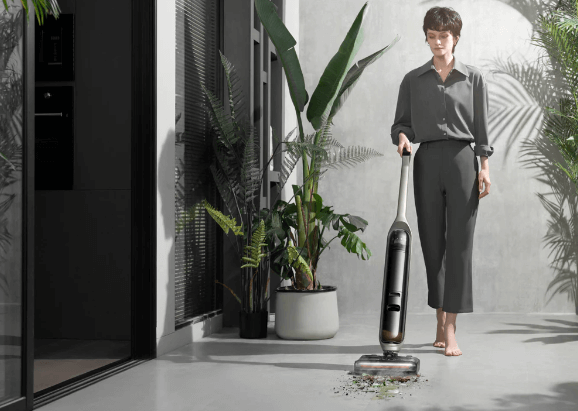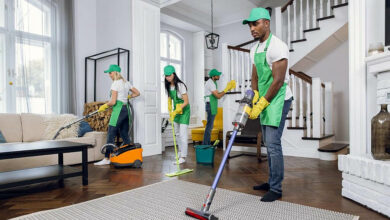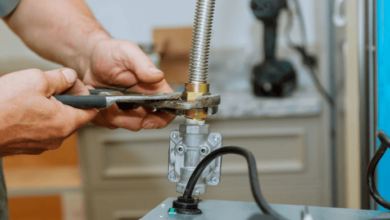How To Clean Floors With A Robot Vacuum: Types of floors you can clean

Cleaning your floors has always been challenging with the help of robot vacuum cleaners. These nifty gadgets have revolutionized how we maintain our floors, making the task effortless and efficient. In this article, we will unveil the best techniques to clean various types of floors with a robot vacuum, focusing on hard surfaces like tile, hardwood, and laminate. We’ll also delve into the nuances of cleaning corners and edges to ensure your floors are spotless.
Types of Floors Suitable for Robot Vacuum Cleaning
Before we delve into the cleaning techniques, we must understand which types of floors are suitable for robot vacuum cleaning. Robot vacuums excel on hard surfaces such as:
Tile Floors
Tile floors are an excellent match for robot vacuums. These cleaners effortlessly glide over tiles, picking up dirt and debris.
Hardwood Floors
Robot vacuums are gentle on hardwood floors, ensuring they remain scratch-free while effectively cleaning.
Laminate Floors
Laminate floors can also benefit from robot vacuum cleaning. Like hardwood, the gentle touch of these machines helps maintain the pristine appearance of your laminate floors.
Cleaning Techniques for Floors with Robot Vacuums
Now that we’ve established the compatible floor types let’s dive into the techniques for efficient cleaning:
Regular Scheduling
Robot vacuums are best used for daily or weekly maintenance cleaning. Schedule your robot to clean when you’re not at home to ensure uninterrupted cleaning.
Clear the Floor
Before each cleaning session, ensure the floor is clear of obstacles like toys, cords, or loose rugs. This ensures that the robot can move freely and clean thoroughly.
Edge and Corner Cleaning
Robot vacuums are adept at cleaning open areas, but they may struggle with corners and edges. To tackle this, many models are equipped with specialized edge-cleaning brushes. Ensure these brushes are clean and functional, and the robot will take care of those hard-to-reach spots.
Boundaries detection
Most robot vacuums come with virtual walls or boundary markers. Use these to create no-go zones where the robot shouldn’t venture, preventing it from potentially damaging sensitive areas or getting stuck.
Clean your robot vacuum for optimal performance.
Keep your robot vacuum in top condition by regularly emptying its dustbin, cleaning its brushes, and checking for blockages. This ensures optimal performance and longevity.
Room Mapping and Navigation
Many modern robot vacuums use advanced sensors and mapping technology to navigate your home efficiently. These devices map your space and follow a logical cleaning path, ensuring no area is left untouched.
Multi-Surface Cleaning
Some robot vacuums come equipped with multi-surface brushes that can adapt to different floor types automatically. This feature allows them to transition seamlessly between tile, hardwood, and laminate without manual adjustments.
Spot Cleaning
If you notice a particularly dirty area, you can use the spot-cleaning function on your robot vacuum. Place it over the spot, which will intensively clean that area.
Conclusion
The Robot Vacuum has become essential tools for keeping hard floors spotless with minimal effort. They are well-suited for cleaning tile, hardwood, and laminate surfaces, making them a valuable addition to any household. By following these cleaning techniques and regularly maintaining your robot vacuum, you can effortlessly elevate the cleanliness of your home while enjoying more free time for yourself. So, let your robot vacuum take the chore out of floor cleaning and embark on a journey towards cleaner, more convenient living.








